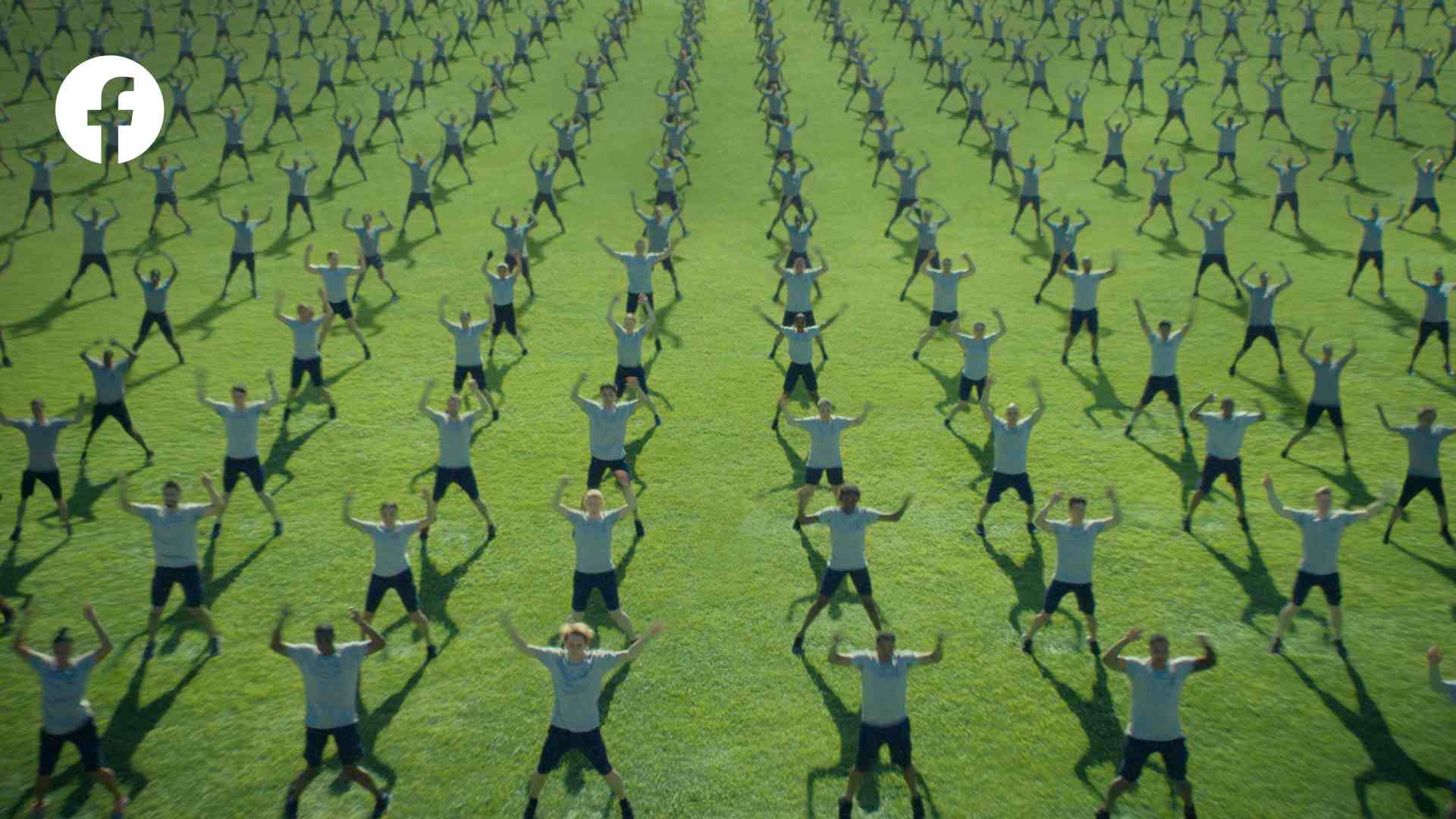| | | | | | | Presented By Facebook | | | | Axios AM | | By Mike Allen · Aug 18, 2022 | | Happy Thursday. Smart Brevity™ count: 1,198 words ... 4½ mins. Edited by Noah Bressner. ⚖️ At 12:30 p.m. ET today, please join Axios' Ina Fried and Russell Contreras for a virtual event exploring how technology can reduce recidivism. Register here. | | | | | | 1 big thing: Climate helps fuel inflation |  | | | Illustration: Shoshana Gordon/Axios | | | | Extreme weather, worsened by climate change, is a hidden cause of inflation — pushing up prices of everything from food and clothing to electronics, Axios Closer co-author Hope King writes. - Why it matters: Heavy rainfall, flooding, heat waves and droughts erode agriculture, infrastructure and workers' ability to stay on the job — all of which lead to supply-chain breakdowns and worker shortages.
Chip and solar-panel factories in one of China's key manufacturing regions just shut down, as the country tries to ration power during a 60-year-record heat wave. - Dairy and meat prices in Europe are rising, as droughts zap lands meant for grazing and growing grain for feed.
- In the U.S., wheat fields in Kansas, Oklahoma and Nebraska — and cotton harvests in Texas — have been withering due to drought.
Between the lines: Workers facing more strenuous conditions tend to command a higher wage, says Solomon Hsiang, a professor of public policy at UC Berkeley. - If companies have to pay more to protect them or install new equipment like air conditioning in warehouses, "someone's got to pay."
⚠️ Threat level: Long-lasting heat waves like the ones in the U.S. and China are expected to become more common. |     | | | | | | 2. 😷 COVID can hurt brain for years |  | | | Illustration: Sarah Grillo/Axios | | | | A new large-scale Oxford University study finds that people who've had COVID face increased risk of neurological and psychiatric issues — brain fog, psychosis, seizures, dementia — for up to two years after infection. - The study found anxiety and depression are more common after COVID, though typically subside within two months of infection, Axios' Rebecca Falconer writes.
Why it matters: The study, published yesterday in the Lancet Psychiatry journal, is the "first to attempt to examine some of the heterogeneity of persistent neurological and psychiatric aspects of COVID-19 in a large dataset," an accompanying editorial says. |     | | | | | | 3. 💰 Trump makes millions off Mar-a-Lago search |  | | | Graphic: MSNBC | | | | Former President Trump has bombarded supporters with more than 100 emails asking for money based on the FBI's search of Mar-a-Lago — with lucrative results, The Washington Post reports: - Contributions to Trump's PAC topped $1 million a day for at least two days after the search — up from a typical $200,000-$300,000.
Between the lines: Trump's emails perform better when they're connected to high-profile news events, especially episodes that make Trump supporters feel under attack, The Post notes. |     | | | | | | A message from Facebook | | Facebook is taking action to keep its platform safe | | |  | | | | We spent $16 billion to enhance safety and security across our platforms over the past 6 years. That's enough to build 7 pro stadiums. And it's just one example of the work we're doing to create safer connections. Learn more about our work ahead. | | | | | | 4. 📺 Streaming passes cable |  Data: Nielsen. Chart: Axios Visuals Streaming has officially topped cable as the most popular method by which Americans consume TV, Axios Media Trends author Sara Fischer writes from Nielsen data. - Why it matters: Just as cable's victory over broadcast ushered in waves of change to U.S. media, streaming's rise will fuel new businesses and cultural forces.
Streaming now makes up more than one-third of all TV consumption in the U.S., according to Nielsen. - Netflix continues to be the top streaming platform, taking 7.7% of TV consumption in July.
- YouTube, Amazon Prime Video and Disney+ increased their share of viewing time last month to 7.3%, 3% and 1.8%, respectively.
- HBO Max held steady at 1%.
🧠 Reality check: Traditional TV, both cable and broadcast, still collectively makes up the majority of U.S. TV viewing. - But streaming is up, and cable and broadcast are down.
- If the rate of those categories' decline continues, streaming could pass traditional television in the next few years.
🕶️ What we're watching: More live sports rights are moving to streaming, turbocharging the trend. |     | | | | | | 5. 📉 Crazy stat: Crypto ads fall off cliff | Screenshot: Matt Damon's "Fortune Favors the Brave" ad for Crypto.com. Major crypto firms spent $36,000 on U.S. TV ads in July — down from $84.5 million in February, when the industry flooded the airwaves around the Super Bowl, Bloomberg reports. 💭 Our thought bubble: Axios Crypto author Brady Dale tells me celebrity visibility can be a classic "top signal," as crypto people like to call a market peak. - Bitcoin is down 45% since the Super Bowl.
|     | | | | | | 6. 🌳 The New Yorker climbs Biden's family tree | | Photo: Jamie Chung for The New Yorker. Source photo: Sheene family. Used by kind permission Adam Entous, a gifted investigative reporter for The New Yorker, expended a humbling amount of shoe leather to fill in gaps in President Biden's family history that even the Bidens didn't know. - In "The Untold History of the Biden Family," Entous shows Biden never really knew how his father and grandfather made and lost money. It turns out to be a very American tale of trauma and intrigue.
Joseph Biden Sr., the president's father, "struggled to find work in Scranton," Entous writes: His brother suggested that he look for a job in Wilmington, a place that they knew well. Biden, Sr., took his advice, and got work cleaning boilers for a heating-and-cooling company. To make extra money, he worked at a weekend farmers' market selling pennants and other knickknacks. This was hard for him to stomach — a few years earlier, he had been running an entire division of a war-contracting company. ... Sometimes Biden, Sr., would take his family on drives through wealthier neighborhoods, and he seemed to admire the estates they passed. - The president "has been shaped by his father — a man he described, in his eulogy, as 'a dreamer burdened with reality,'" Entous writes.
Between the lines: The president has always relied on family lore. Entous dug in archives, walked graveyards, knocked in a trailer park. |     | | | | | | 7. 👀 Coming attractions: iPhone 14 |  | | | Illustration: Aïda Amer/Axios | | | | Apple plans to hold an online launch event Sept. 7 for the iPhone 14, as part of a busy fall season that includes new Macs, low-end and high-end iPads, and three Apple Watch models, Bloomberg's Mark Gurman scoops. - On the iPhone 14 Pro, Apple "will replace the front-facing camera cutout, known as the notch, with a pill-shaped hole for Face ID sensors and a hole-punch-sized area for the camera. This will give users slightly more screen space," the report says.
- "The most significant iPhone 14 Pro changes will be to the camera system, which will appear slightly larger to consumers. ... Apple is also planning improvements to video recording and battery life."
Gurman reported in May that iOS 16, the software on the next iPhones, is expected to include an "always-on lock screen," which will display quickly glanceable information, like you see on newer Apple Watches. |     | | | | | | 8. 🏙️ World's skinniest skyscraper | | Four residential skyscrapers tower over the skyline south of Central Park — from left, Central Park Tower, One57, Steinway Tower and the MoMA Expansion Tower. Photo: Ted Shaffrey/AP One skyscraper stands out from the rest in the Manhattan skyline. It's not the tallest — it's the world's skinniest. - The 84-story residential Steinway Tower holds the title of "most slender skyscraper in the world" thanks to its logic-defying ratio of width to height: 23½-to-1, AP reports.
- The tower is at 111 West 57th St — the former location of Steinway Hall, built in 1924.
The tower's 60 apartments range from $18 million to $66 million per unit, and offer 360° views of the city. It's located just south of Central Park, along a stretch of Manhattan's 57th Street known as "Billionaires Row." - At 1,428 feet, the building is the second-tallest residential tower in the Western Hemisphere — second to the nearby Central Park Tower at 1,550 feet.
😮 What we're watching: Steinway Tower is so skinny that when the wind ramps up, the apartments on the upper floors sway by a few feet. |     | | | | | | A message from Facebook | | We have over 40,000 people working on safety and security | | |  | | | | That's more than the size of the FBI. And they're working to create more meaningful connections for our communities. That's just one example of the work we're doing. Facebook is taking action to keep its platform safe. Learn more about our work ahead. | | | | 📬 Invite your friends to sign up to get their daily essentials — Axios AM, PM and Finish Line. |  | | Are you a fan of this email format? It's called Smart Brevity®. Over 300 orgs use it — in a tool called Axios HQ — to drive productivity with clearer workplace communications. | | | |












No comments:
Post a Comment